Comparative EC Maps
How the EC affects our thinking.
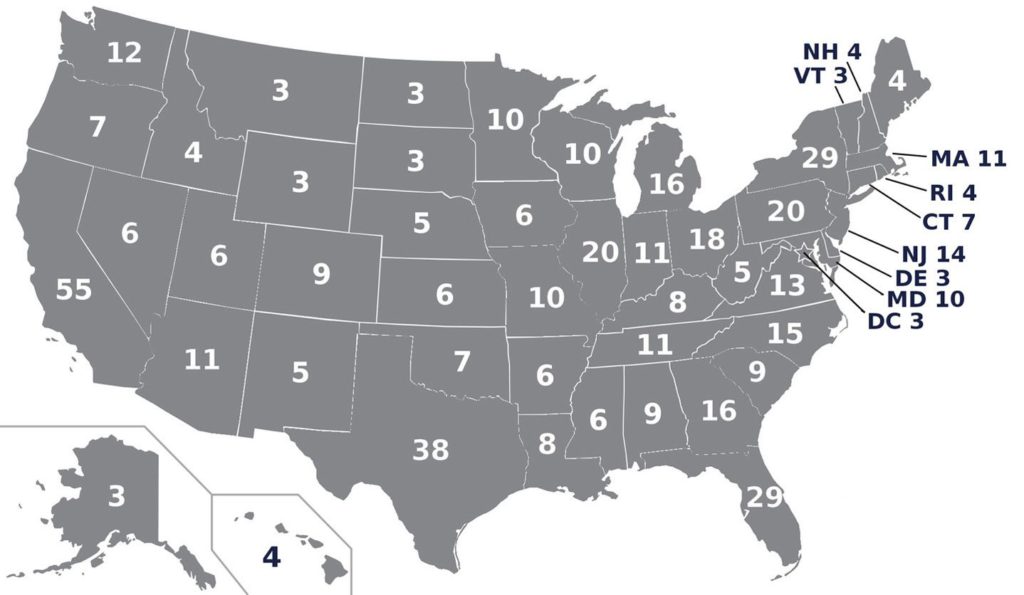
A comment on one of my posts inspired me to ask the following question: what narrative do these two maps suggest? More importantly: what do you think they tell you about the relative strength of the candidates and of the parties?
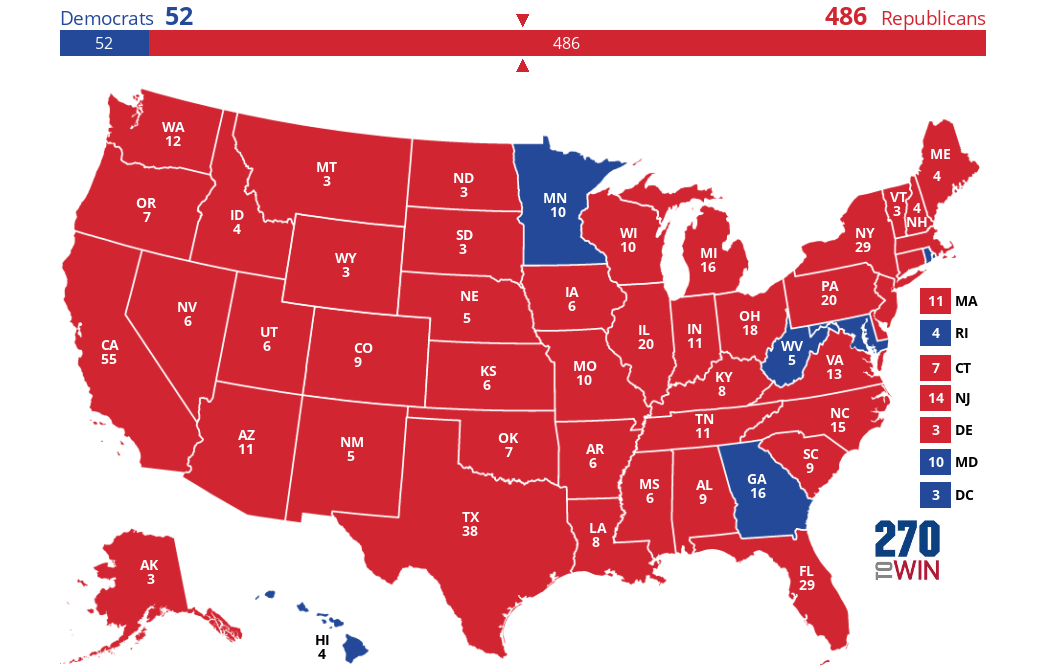
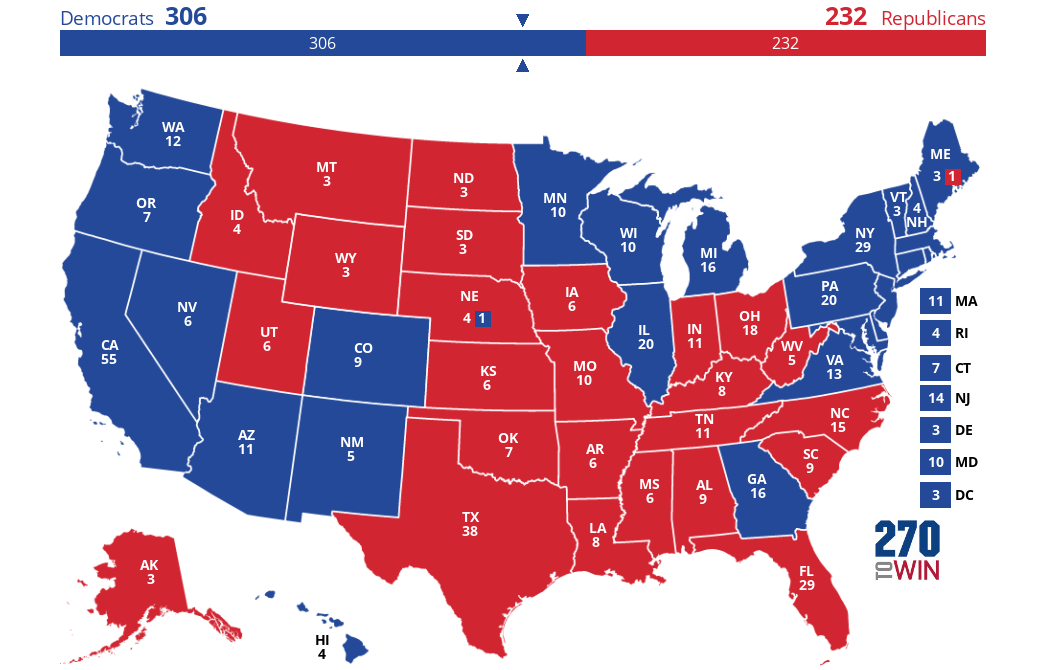
I mean, the top map is a blow-out, right? The top map shows a dominant party and genius candidate while the bottom map show sort of a meh situation.
But, what if I told you that the popular vote winner in the top map was 50.8% and the bottom map was 50.7%?
The top map shows the states Reagan won in 1980 (although due to reapportionment, his actual EV total was 489 to 49). The bottom map is what Biden’s final map may look like.
Both are winning maps. Both show national support of almost identical percentage. And, by the way, Reagan didn’t have the House with that map (he did have the Senate).
The main difference between the two maps is not what the majority of the voters wanted in those two elections. No, it was simply where that majority lived.




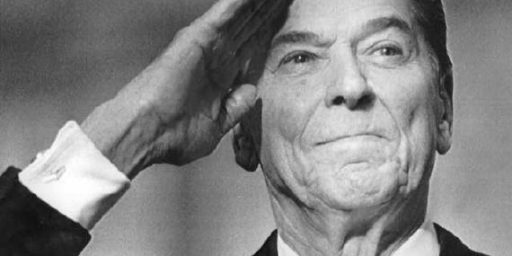
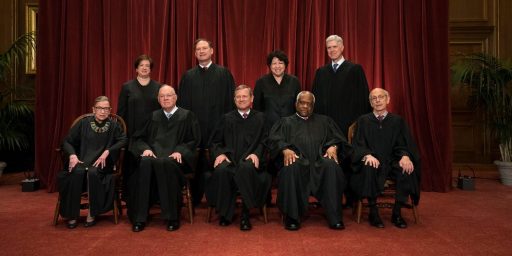
As I noted in the other thread, this leaves out the crucial point that Reagan’s margin over Carter was much wider than Biden’s over Trump’s (which is unknown so far but will almost certainly be a lot less than Reagan’s 9.7 points).
The top map is out of date: AZ=11, TX=38, FL=29.
The comparison is misleading because of the John Anderson 3rd party candidacy.
@Kylopod: This is true. But, again, that is the influence of the counting rule, not the absolute support for the winner nationally.
@charon: Indeed, as noted in the post. But only a 3 EV diffrerence.
But, more to my point: the 1980 is out of date because of where people live.
I would underscore the subtitle of my post.
@charon: If you mean the top graphic–yes, that is an old map.
@charon: You are correct, but that doesn’t change what the top line percentage was.
I have changed the featured graphic so as not to distract.
@charon:
Put another way: is it the nature of the EC itself that leads to the misleading.
@Steven L. Taylor: The point is that the relationship between the popular vote and the EC, while imperfect, still has much more to do with margin than share of the vote. We live in a plurality system, and that’s how the states themselves determine the winner. If you win a state by 51-49, you’re much closer to having lost it than if your margin was 43-28, even though your share of the vote was a lot higher. In your many posts on the poor representativeness of the US system, you’ve often discussed FPTP, and I think that’s more relevant here than comparing absolute shares of the popular vote.
The thinking is influenced by whatever the contemporary situation is. I can remember when the EC was thought to favor the big states like CA and NY, because margins in those states were typically narrow so a lot of EC votes riding on who won a narrow victory there while the “Solid South” was racking up big vote total differentials.
@Kylopod: Trust me, I understand all of that.
My point is about how the rules influence perception.
Your point is well illustrated, any effect from my old congressman, John B. Anderson, aside*.
Trump used to wave the 2016 version of this map around, thinking it showed the yugeness of his victory, as it was so red, as is this year’s. WAPO took a shot at producing a map that doesn’t imply acres vote. Followed by several iterations trying to make it more readable. They also made a fascinating map trying to show change from 2016 in one graphic. It’s actually pretty good. Better than WAPO’s explanation of it.
* After retiring from the House John B. made his national reputation running for prez as a moderate, reasonable Republican. Until then he’d made his living accommodating the Birch Society Republicans of my old home town of Rockford IL.
The electoral college system was devised in 1787 to soothe over some conflicts between the bigger and smaller states trying to unite into a nation. It worked pretty well for a time, but the US is a very different place now. We moved to direct election of senators in 1913. The EC produces more problems than just funny maps. It is long overdue for retirement. Were changes to the Presidential election system discussed when the 17th amendment was being considered?
You’re missing half the story. Carter only got 41% of the vote in 1980 and Trump as of now has 47.7%. In 1980 Anderson, a liberal Republican running as an Independent, got 6.6% of the vote and third-party candidates together got almost 10% of the total vote. By contrast in 2020 it looks like third parties will get less than 2% of the vote. Third parties were a big factor in the 1980 election and EC map, they are a nonfactor in 2020. Anderson’s vote total was larger than the margin in 14 states including NY and Mass.
@Andy: And I would argue you are missing my point.
@Andy: Sorry, I was rushed with above.
My main point is that while the maps don’t tell the story all the story of any election, the narratives we tell ourselves as a country are based on those maps.
But I stand by the basic assertion that a part of the story is population distribution.
And, regardless of Anderson and regardless of other factors, the share of the popular vote Reagan won in 1980 was roughly where Biden is now and those two maps don’t tell us that at all.
@Steven L. Taylor:
I think I must have missed something. Yes, the EC map is never representative of popular vote totals. They are two different things. Is there anyone here who doesn’t understand that?
@Steven L. Taylor:
“And, regardless of Anderson and regardless of other factors, the share of the popular vote Reagan won in 1980 was roughly where Biden is now and those two maps don’t tell us that at all.”
True, but the maps reflect the share of the vote the two parties received, not either party’s absolute number. Reagan beat Carter by roughly a 5:4 ratio, or by about 10 points. And the 1980 map is similar to other elections with that sort of difference in vote shares.
By the logic you are using, since Lincoln won only about 40% of the vote, he should have won almost no states, similar to McGovern or Mondale. Yet since the vote was divided 4 ways, and he had by far the greatest percentage, it is not at all surprising he won a majority in the electoral college.
@Moosebreath: My point is the way in which the winning states shapes the narrative. And that winning states is very much about where voters are distributed across the country.
Put another way: 50.5% of popular support is 50.5% of popular support regardless of the geographic distribution of support, or by how much you beat the other guy.
In other systems with presidential elections, the focus is (as it should be) which candidate can get the most votes and, usually, whether they can pierce 50% or not. If I am running for President of Colombia and I can get 50.5% in the first round, it doesn’t matter if I bear the other guy 49.5% to I beat (more likely) four or five other guys whose votes summed to 49.5%.
@Steven L. Taylor:
“And that winning states is very much about where voters are distributed across the country.”
But it is also about how unified the remainder of the voters are (as the Lincoln example shows). Lincoln had less than 50% of the vote in several states he won.
@Moosebreath:
This is fair, but I am not ultimately sure what that means in terms of whether the top voter getter has a majority or not. But, yes, it affects the map (which affects our perception).
In Lincoln’s case sub-majority popular support nonetheless lead to an EC majority.
But I am also not sure what a 4-way race on the eve of civil war tells us a lot (or, at least, if it makes for a useful example).
@Steven L. Taylor:
“But I am also not sure what a 4-way race on the eve of civil war tells us a lot (or, at least, if it makes for a useful example).”
On the other hand, it seems like you are arguing in favor of 1980, which was a 3-way race at a time of a major realignment of voters, is a useful example. As a result, I am confused as to where you are going with this.
@Moosebreath: The important comparison for me above is the percentage of the popular vote for the winner. Hence, 1860 doesn’t fit, plus there are a number of other factors that complicate 1860, like the fact that we had basically two parallel elections rather than an actual 4-way race nationally.
BTW: if one wants to correctly note that things like the number of competitors and margins of victory can affect the map, sure, this is correct. But the fact that that then distracts from actual popular support and makes us think about the colors on the map and not how much support the candidate actually has just underscores the way the EC messes with our heads.
@Steven L. Taylor:
“The important comparison for me above is the percentage of the popular vote for the winner.”
I realize that you think the comparison is important. I am just not seeing why.
@Moosebreath: Fair enough.
Maybe I will find a different way to illustrate the point in some future post.
One other point, which struck me on my evening walk. Jimmy Carter in 1980 won roughly the same vote share as Woodrow Wilson did in 1912, both in elections with 3 major candidates (41.8% for Wilson, 41.0% for Carter). Yet Carter won 49 electoral votes, and Wilson 435.